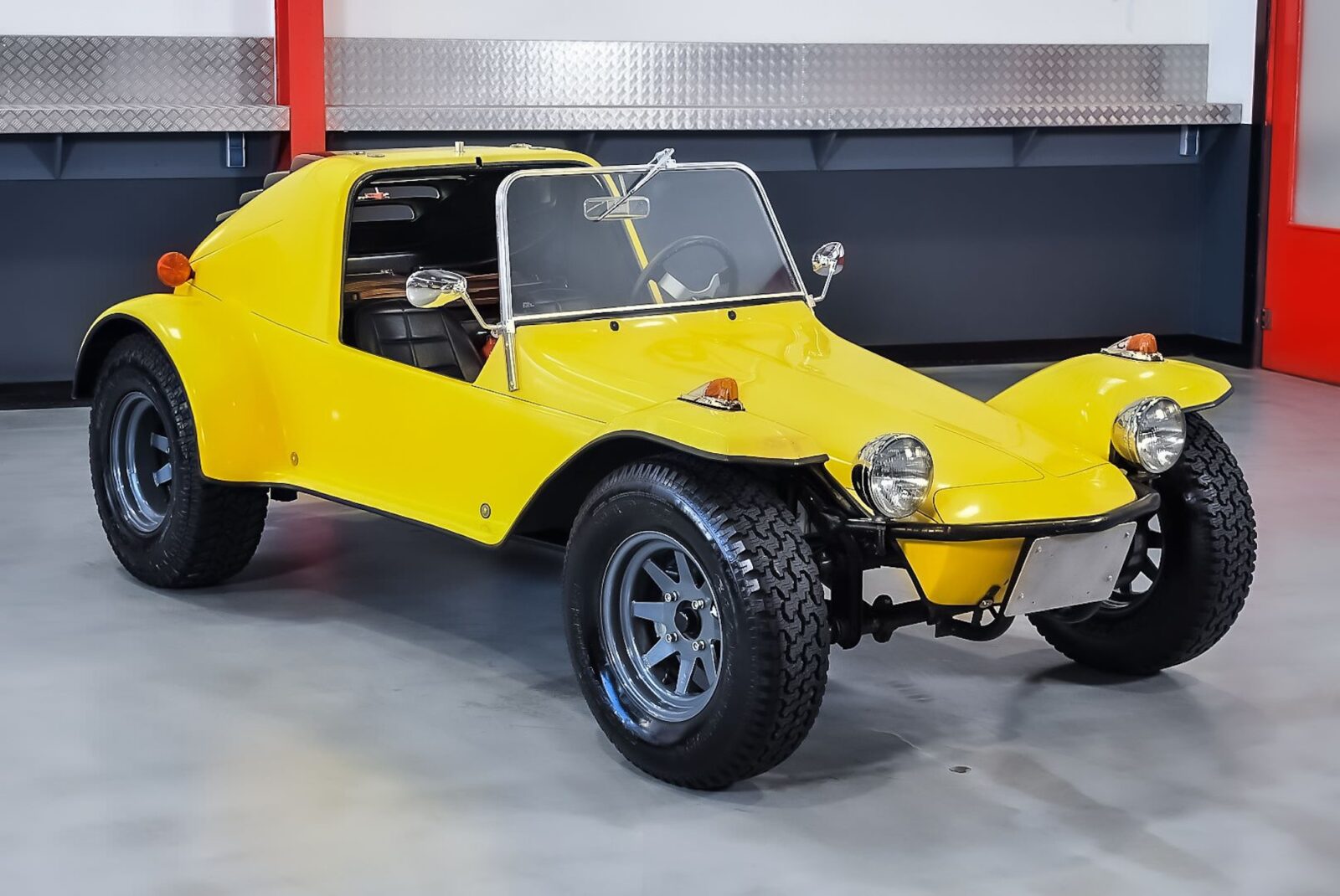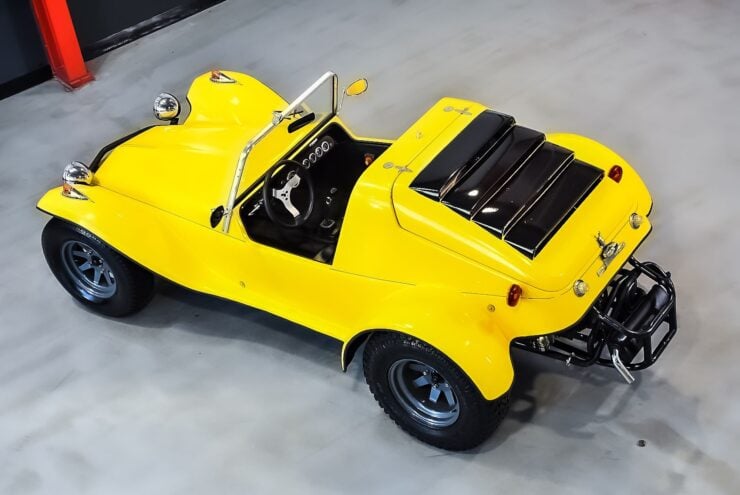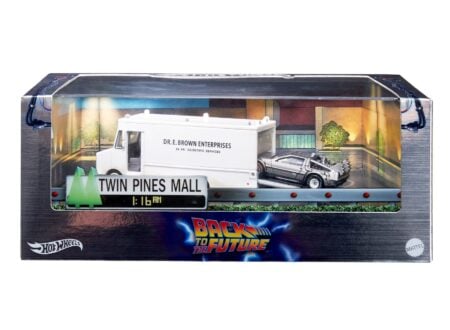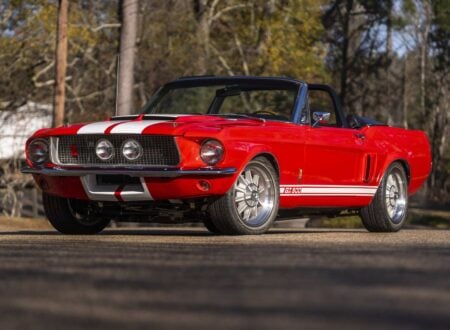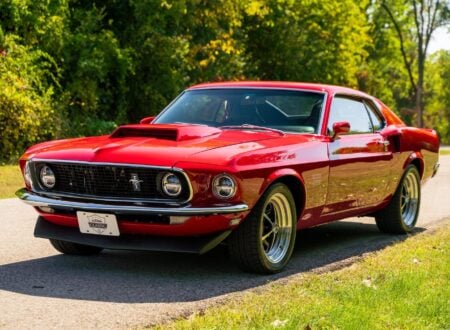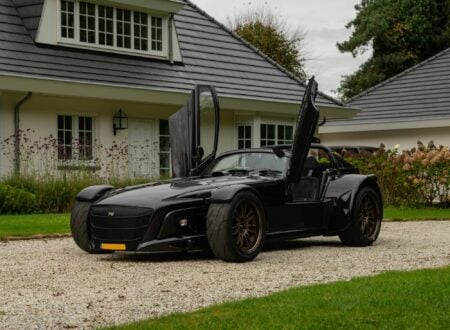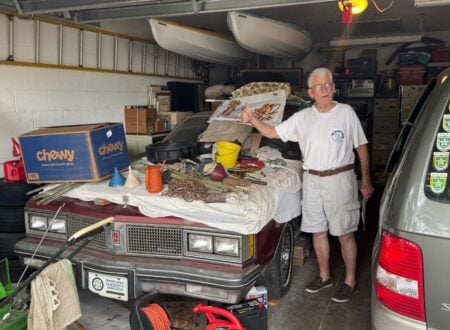This is an original “Stripper” from Corsair Cars, it’s a 1970s-era dune buggy that could be quickly converted from a sand rail/dune buggy into a road-legal sports coupe with full bodywork.
Underneath the fiberglass body work lies a fully triangulated tubular steel spaceframe chassis with an integral roll cage for safety. It can be driven with the full fiberglass body on when on the street, the body can then be quickly stripped off (hence the car’s name) and converted into a sand rail.
Fast Facts – The Stripper Dune Buggy
- The “Stripper” by Corsair Cars was a versatile 1970s dune buggy designed by Chuck Beck. It featured a unique concept: a tubular steel spaceframe chassis with a removable fiberglass body. This design allowed quick conversion between a street-legal coupe and an off-road sand rail. The chassis was fully triangulated for strength and included an integral roll cage, setting it apart from most contemporary dune buggies.
- The Stripper utilized Volkswagen Beetle components for its suspension, drivetrain, and other mechanical parts. The fuel tank was strategically mounted over the rear engine to improve weight distribution for dune jumping. Wayne Jacobs Fiberglass in San Diego produced high-quality, hand-laid fiberglass bodies, which included a louvered rear hatchback covering a small cargo area. The design allowed for easy removal of the body by two people.
- Corsair Cars sold the Stripper as a kit, with over 160 units produced. Buyers would order a kit and acquire a VW Beetle donor car. The build process involved fitting Beetle components to the chassis, installing the interior, engine, and transmission, and attaching the bodywork. The relatively simple assembly and electrical system made it an attractive option for kit car enthusiasts of the era.
- The featured 1974 Stripper exemplifies the model’s design. It sports a bright yellow body with a black vinyl interior and louvered rear hatch. Powered by a recently overhauled 1600cc VW Beetle engine paired with a 4-speed transaxle, it rides on grey steel wheels with oversized Goodyear Wrangler off-road tires. This particular vehicle has been imported to Europe and is now for sale in the Netherlands.
The Stripper By Corsair Cars
The Stripper was developed by designer Chuck Beck for Corsair Cars in the 1970s, right in the midst of the dune buggy, sand rail craze that was sweeping the nation – particularly the west coast. Beck would later go on to be very well known in the custom car community for the Beck Speedster and the Beck Spyder, high-quality replicas of the Porsche 356 Speedster and the Porsche 550 Spyder respectively.
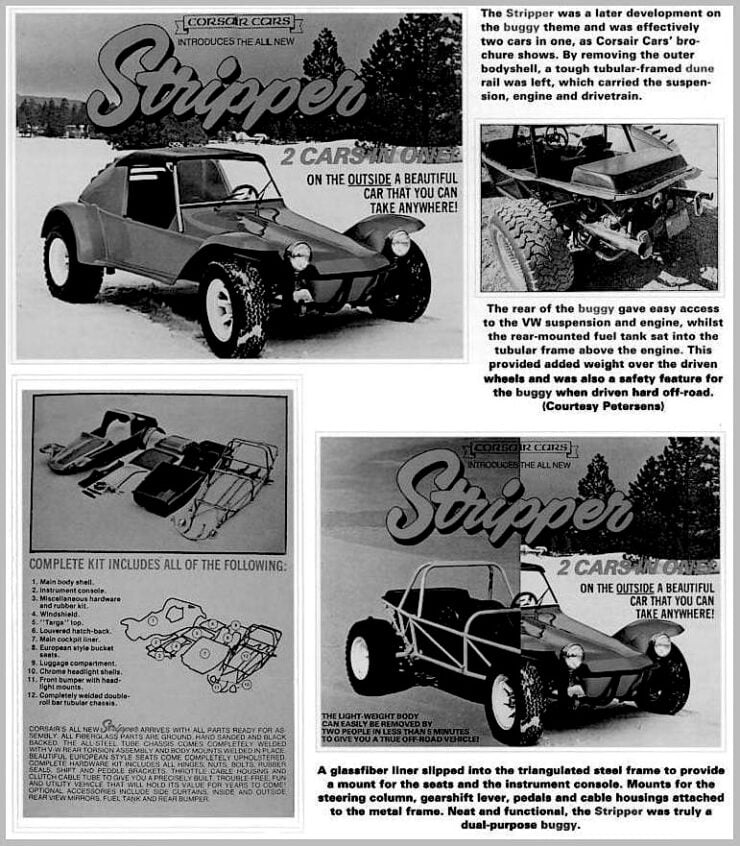

Long before Beck developed his much-loved Porsche replicas he was working for Corsair Cars in Southern California, this would be his first gig designing a kit car. He developed a tubular steel spaceframe that was fully triangulated for strength and rigidity – it also included a built-in roll bar.
Truth be told, Beck’s design was head and shoulders above the vast majority of sand rail/dune buggy chassis on the market at the time, and the production versions were all fabricated in California by a specialist that built race car chassis.
The chassis was developed to use all VW Beetle suspension and drivetrain components, with all the required mounts welded into the chassis before it left the shop. The fuel tank was mounted in the rear over the engine to add a little more weight over the driven wheels, and to avoid the weight of a front-mounted fuel tank bringing the nose down when jumping sand dunes.
The bodies were all made by Wayne Jacobs Fiberglass in San Diego, who were apparently at the cutting edge of high-quality, hand-laid fiberglass at the time. The fiberglass bodywork included a louvered rear hatchback that covered a small cargo area behind the seats.
The body was designed so that it could be removed in a matter of minutes by two people, turning the vehicle into an authentic sand rail with a fully exposed tubular steel frame. The headlights would remain in place, in case the driver wanted to hit the dunes at night.
The Corsair Cars Stripper sold well by 1970s dune buggy standards, over 160 were made and shipped to buyers including the initial prototype which had been built by Beck and his team to test and refine the design.
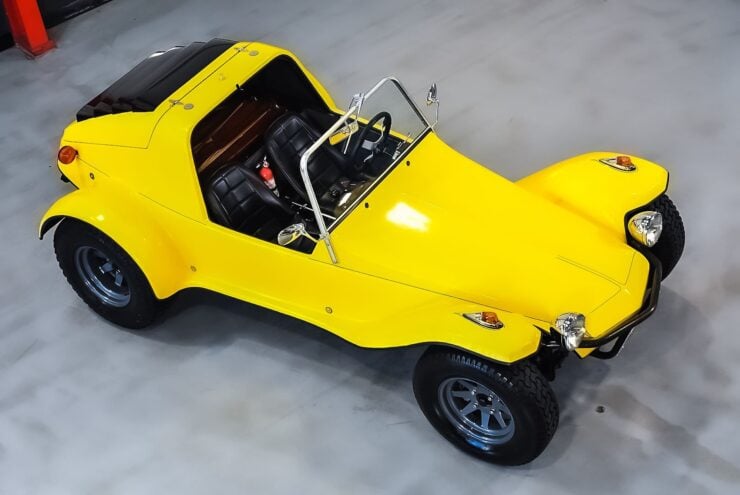

Corsair Cars advertised the Stripper in ads that ran in the back of various car, kit car, and dune buggy magazines in the 1970s, and people could order them in kit form, delivered right to their driveway.
How To Build A Stripper
The standard build process required buying a kit and a suitable Volkswagen Beetle donor car. When placing your order, either by phone or by mail, you would need to specify a few things – like the final gel coat color of the fiberglass body panels, which specific Beetle version you would be using, and things like wheels and tires.
Once the kit arrived it would be up to the owner to fit the Beetle suspension, brakes, and steering assembly to the chassis, get the wheels and tires bolted up to the hubs to create a rolling vehicle. The interior could then be fitted, consisting of a pair of bucket seats, the floor, instrument console, the luggage compartment, and the simple flat windshield.
The engine and transmission could then be bolted into place, the shifter linkage would be routed forward into the cockpit, and the full tank would be fitted and plumbed in. Once you finished wiring up the relatively simple electrical system it would be time to fit the bodywork.
Attaching the bodywork to the car would be the simplest part of the process, as it was designed to be attached and removed very quickly, allowing the car to fill both its Dr Jekyll and Mr Hyde roles as both a street car and a sand rail.
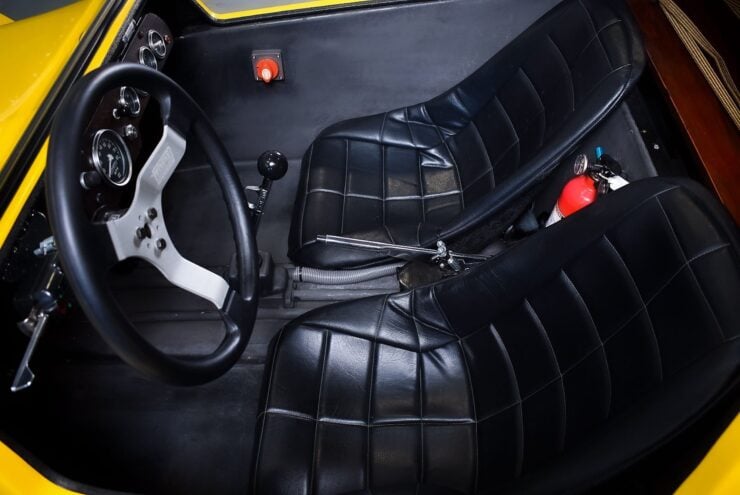

Once the bodywork was in place and the car had been given a few test runs up and down the street, it would be time to head in to the local DMV and get it registered for street use – a feat that would have been far simpler in the 1970s than it would be today.
The 1974 Corsair Cars Stripper Shown Here
The bright yellow Stripper you see here is a 1974 model, it has a black vinyl interior, a classic black louvered rear hatch, and a set of grey steel wheels fitted with oversized Goodyear Wrangler off-road tires.
Power is provided by a 1600cc VW Beetle flat four which is said to have been recently overhauled, and power is sent to the rear wheels via the VW 4-speed transaxle. The steering, brakes, and suspension are also provided by the Beetle, making spares easy to come by when needed.
This Stripper has been imported into Europe and now comes with both its original American title and European import documentation, importantly all duties and VAT have been paid already.
The car is now being offered for sale out of Schiedam in the Netherlands on Car & Classic with 30,460 miles showing on the odometer. If you’d like to read more about it or place a bid you can visit the listing here.
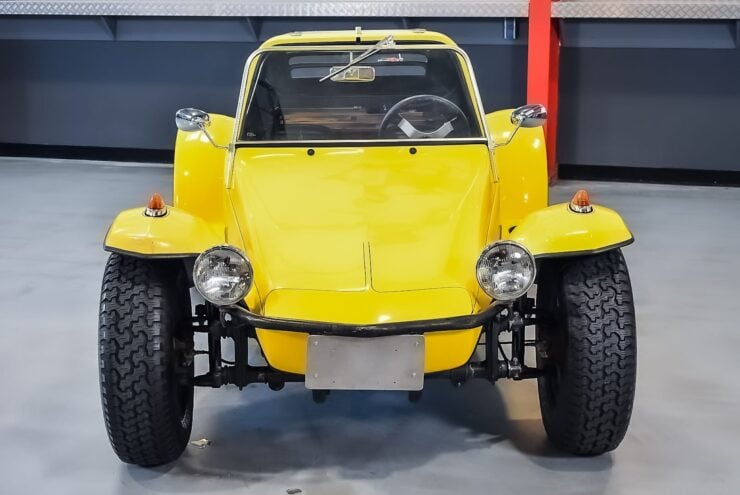

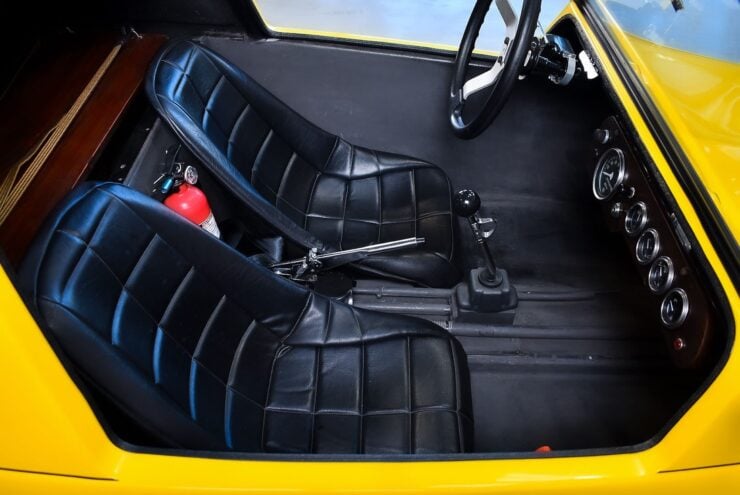
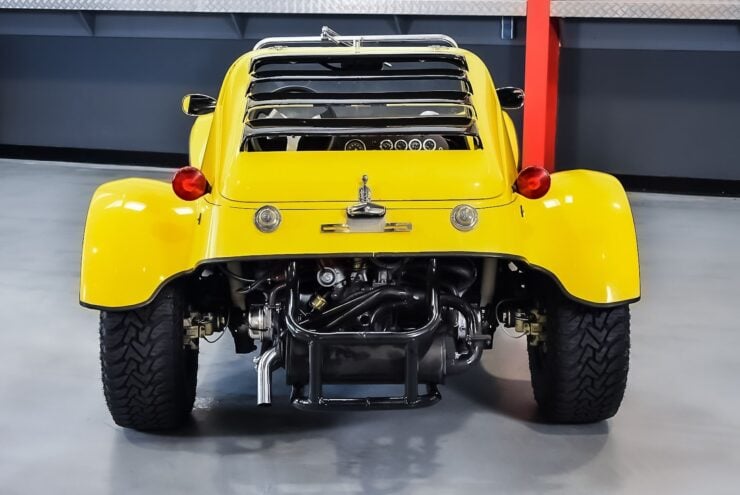
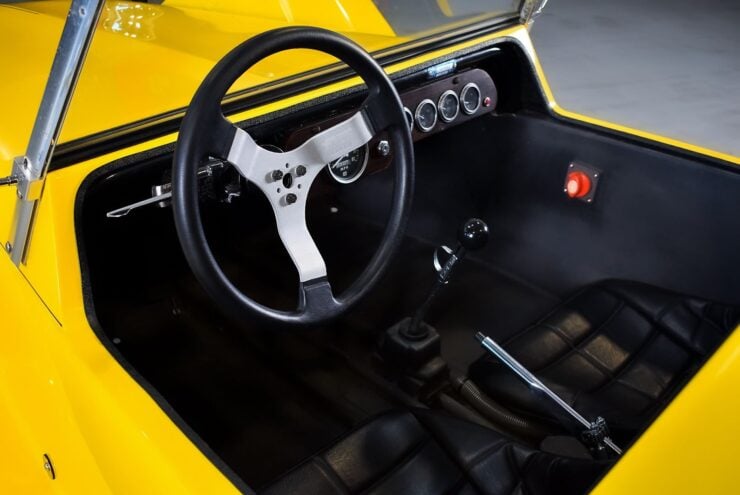
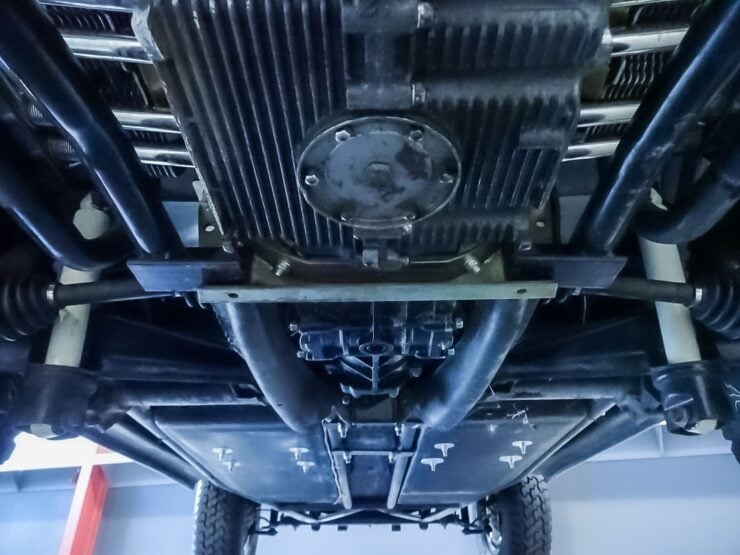
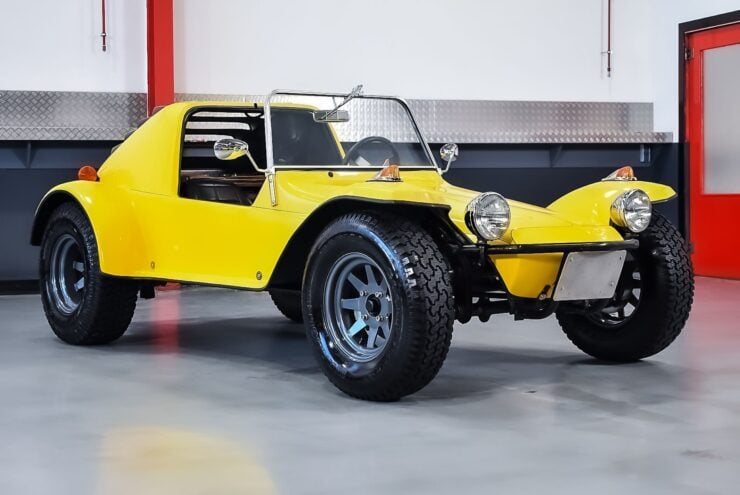
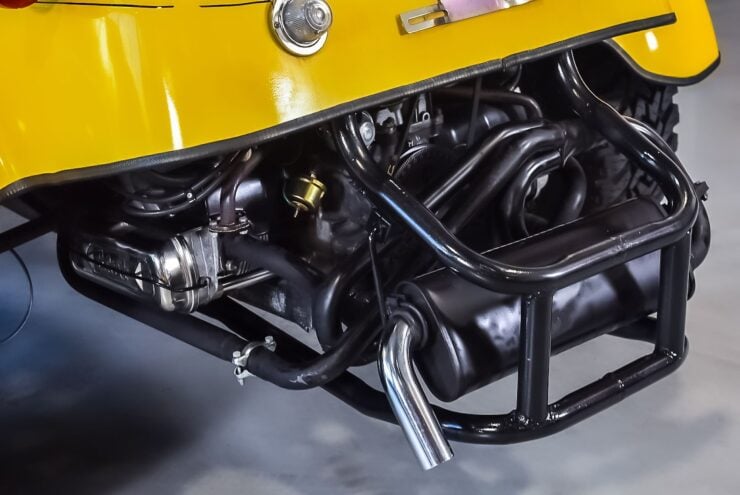
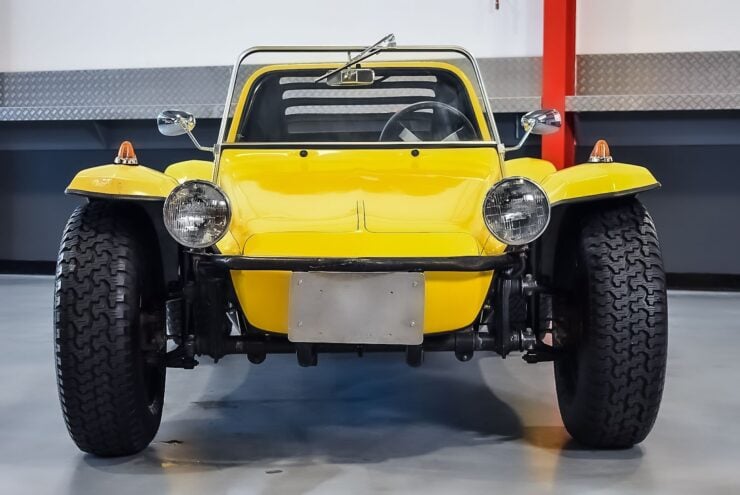

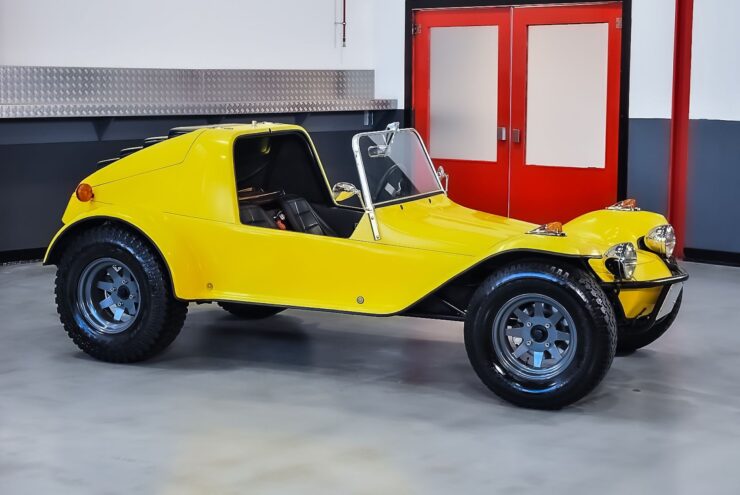
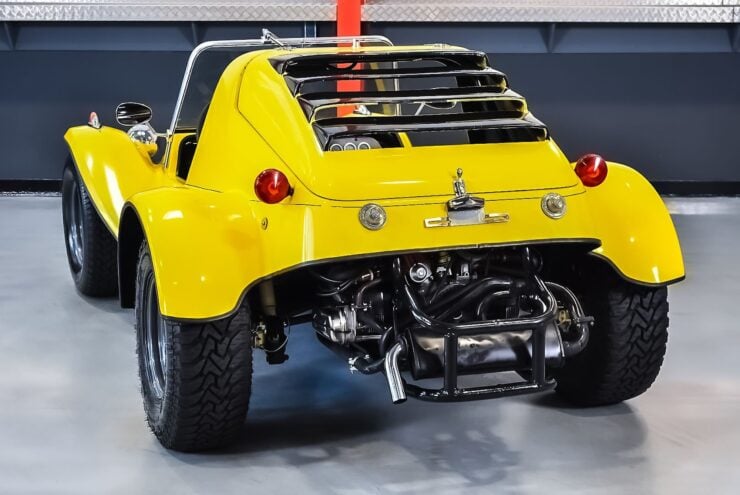
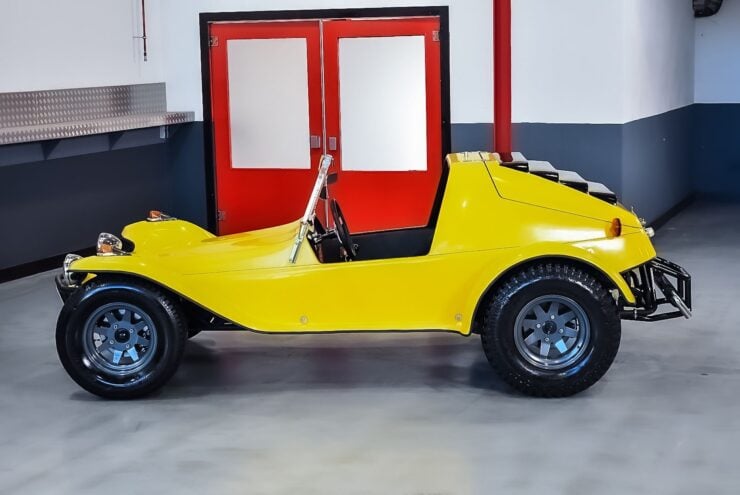
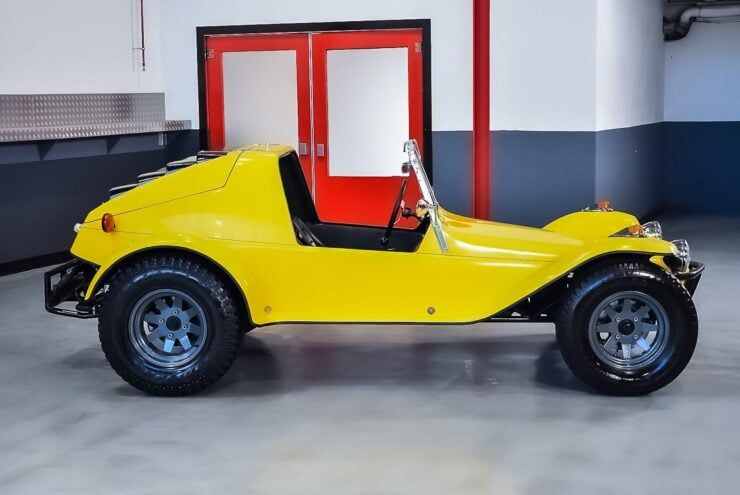
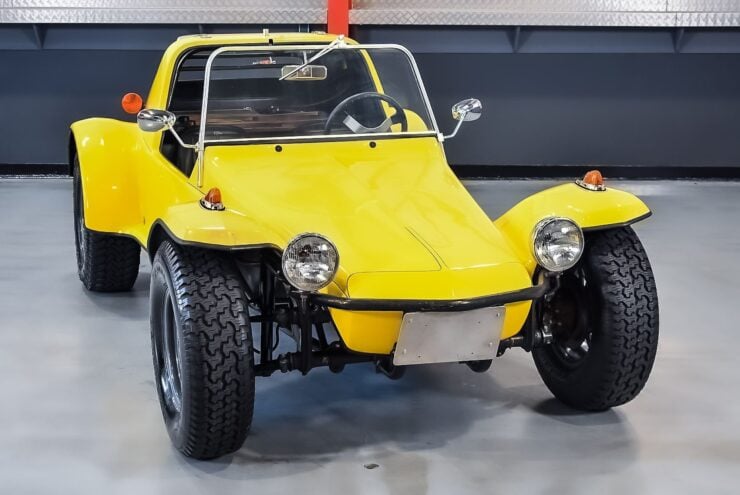
Images courtesy of Car & Classic

